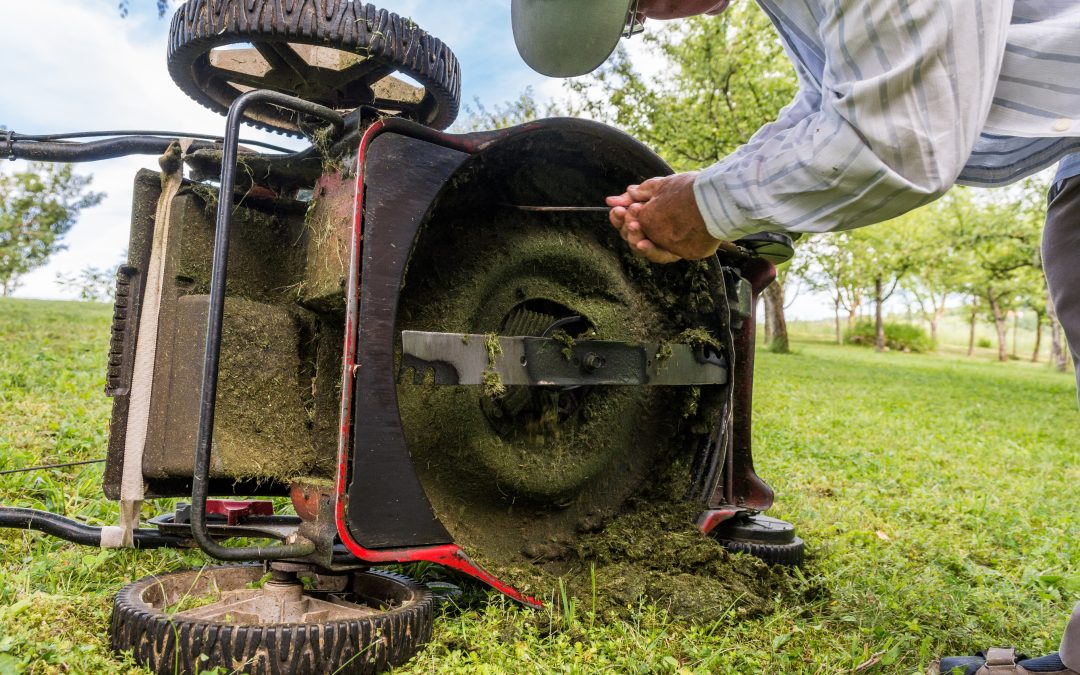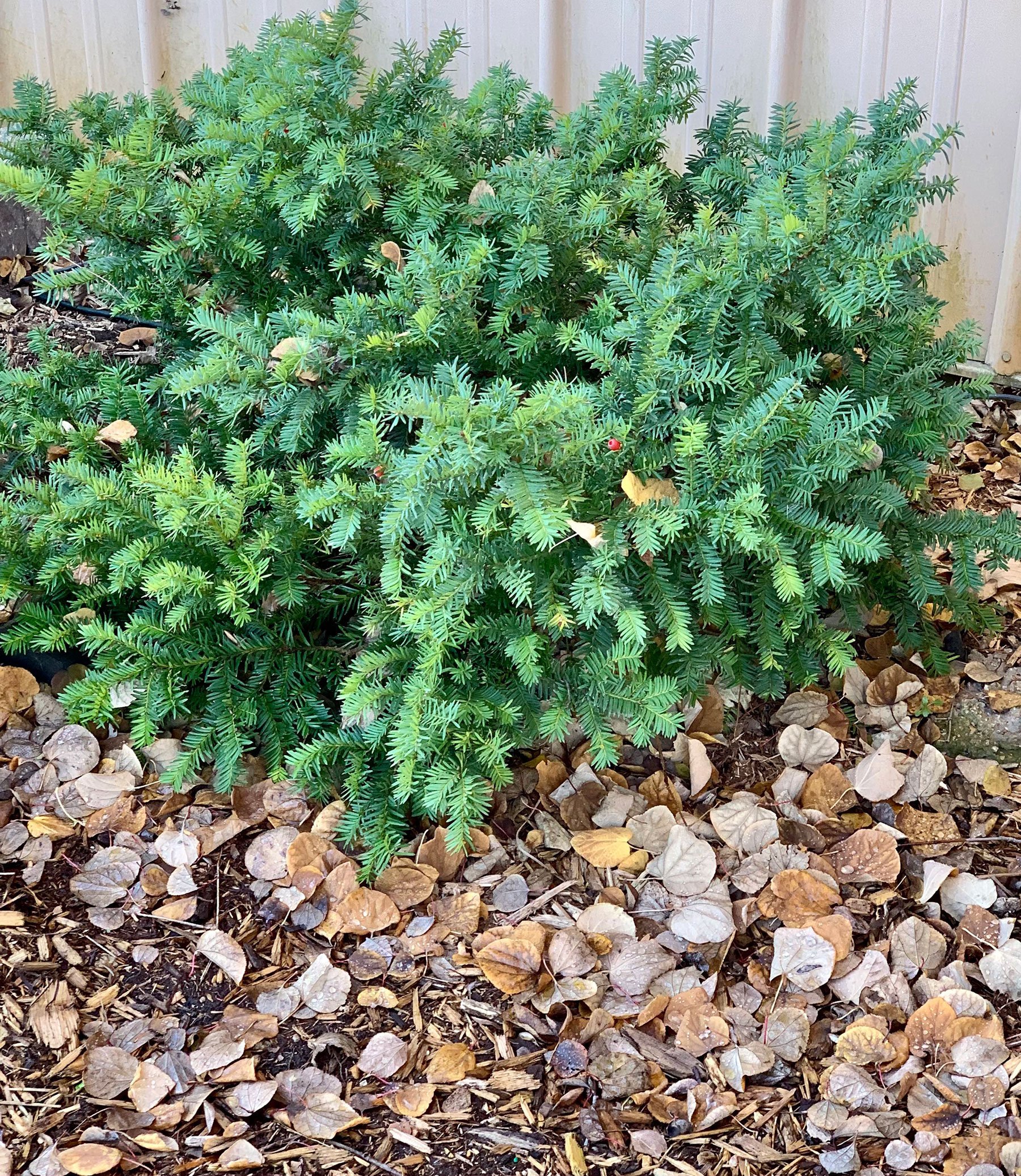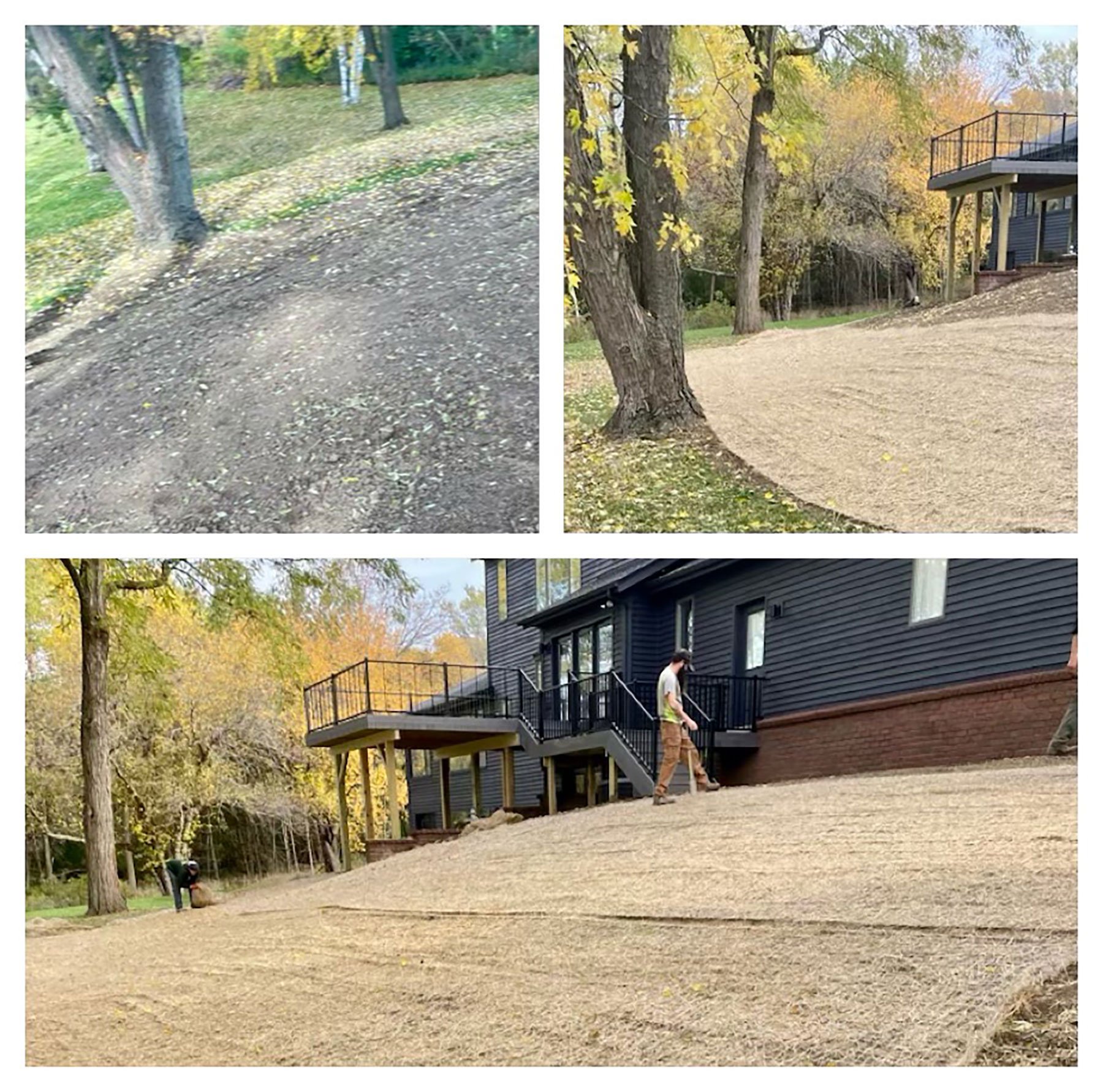
Wisconsin Gardener’s Tips for August 2023
Perennials
August is a great time to separate perennials in your garden such as Hosta’s, Irises’ and Daylilies. When digging up, make sure you do not damage the root ball of the plant, separate with a small knife or spade and replant in other areas. Next, get out there and get the weeding done as perennial weeds can produce thousands of seeds that may hamper the next growing season and be difficult to eliminate.
Shrubs
Ever heard the expression, “Killing with kindness”? Without meaning to, sometimes people while watering, do just that. When outside, take a moment to check all plants for signs of water stress. Plants that are over watered will suffer root rot, while shallow-watered plants will be more susceptible to drought.
If mulch wasn’t already replenished this season, replenish with a 2-to-3-inch layer. Do not bury the crowns.
Since August is typically a warmer month, hold off on applying fertilizer. It will be safer to fertilize in the cooler months.
Trees
As with shrubs, if mulch hasn’t already been spread now is a good time. Mulching helps prevent moisture loss and since August is usually a hot month, applying a 2-to3-inch layer around the base of your trees, making sure that you taper the mulch away from the base, will be beneficial.
Allowing the mulch to pile up against the bark, otherwise known as the volcano effect, causes the bark to stay moist. The softening of the bark as a result of the constant moisture can lead to disease and eventually kill the tree. Although the addition of mulch will help prevent moisture loss, sometimes it may be necessary to lay a hose with a slow but steady water flow, about a foot away from the trunk, for about 20-30 minutes.
However, wilted leaves aren’t always a sure sign that a tree needs water if the tree has been watered on a regular basis. As the temperature and humidity change, leaves draw water from the root system to release through their pores. When the sun gets too hot, leaves can’t take up and release water fast enough, and they wilt.
Lawn
Have you noticed your lawn mower getting clogged up with grass clippings? After a few months of mowing regularly, it is important to check on the undercarriage of your mower.
New models now have convenient areas to attach a hose. Once the hose is connected, turn it on and wait while the water flushes out the season’s clippings.
If your machine doesn’t have that availability, then you will have to either remove the mower deck or if using a push mower, just turn to its side and scrape off the caked-on clippings.
Don’t miss out on these gardening tips and our special offers for June at Heritage Hill Nursery, Inc. Visit our garden center and start enhancing your outdoor oasis today.



























